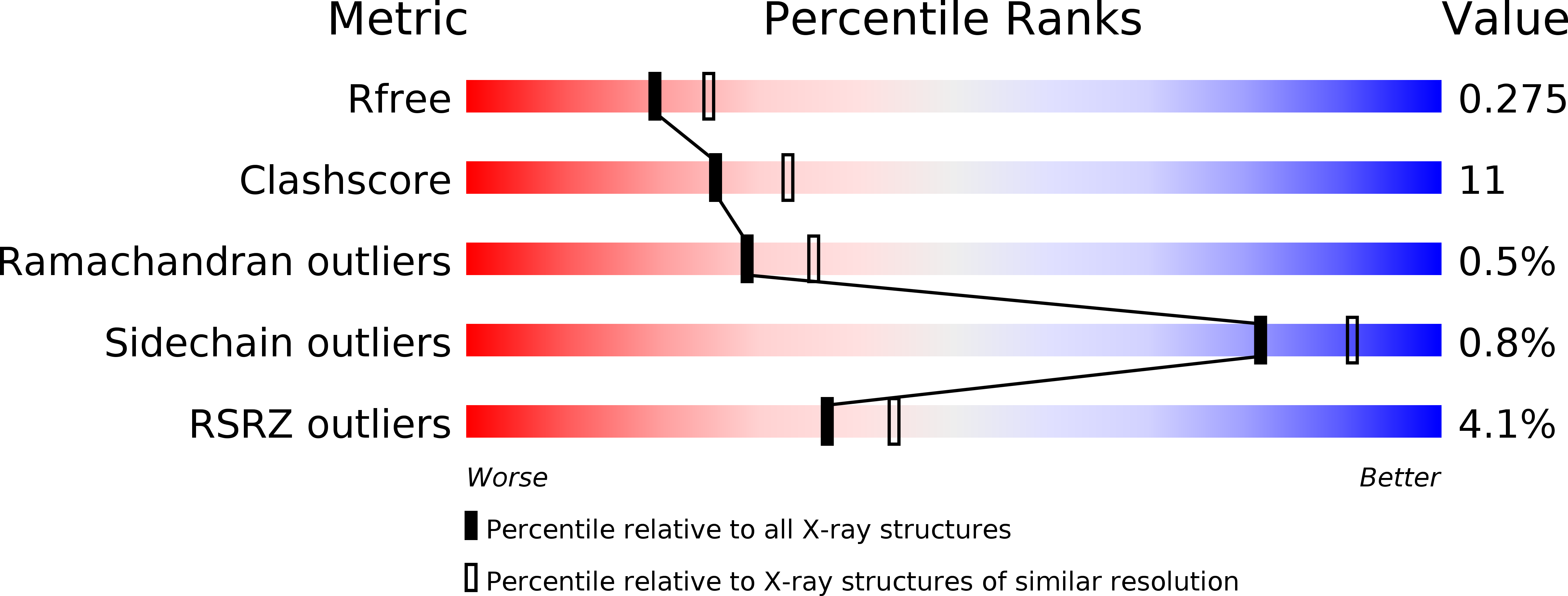
Deposition Date
2018-06-06
Release Date
2019-06-12
Last Version Date
2023-11-22
Entry Detail
PDB ID:
6A17
Keywords:
Title:
Crystal structure of CYP90B1 in complex with brassinazole
Biological Source:
Source Organism:
Arabidopsis thaliana (Taxon ID: 3702)
Host Organism:
Method Details:
Experimental Method:
Resolution:
2.30 Å
R-Value Free:
0.27
R-Value Work:
0.23
R-Value Observed:
0.23
Space Group:
P 61 2 2


